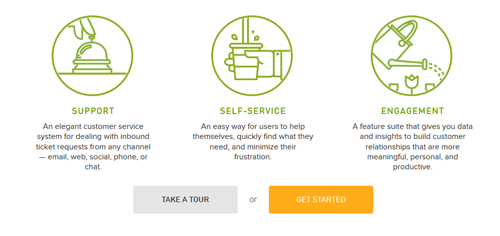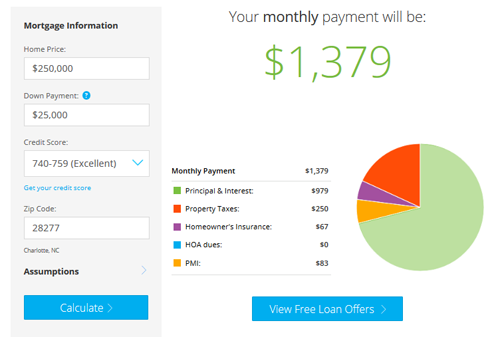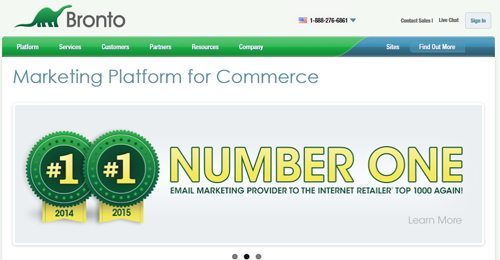Is Your Website a True Reflection of Your Brand Identity?

Some companies may assume that their brand identity is a projection of what they are to their consumers and the market.
In today's business environment, however, your brand identity is more about the experience your consumers have and how this experience measures up against the company's promises to them.
A website is a powerful tool that can be used to project your brand identity to consumers; it represents your online presence and must therefore fit in well with the brand values that your customers are familiar with. Before we look at what should go right on your website, let's look at some things that can go wrong.
A Website's Impact on the Real World
Let's say "John" was making an application for a service from Company XYZ's online system that is integrated in their website. However, he got a message that he needed to visit the nearest office branch of Company XYZ for his query to be sorted out conclusively (already starting off on the wrong foot). Company XYZ has offices in different locations within the state and also a presence in the international market. John proceeded to check Company XYZ's directory on the website to determine which would be the nearest branch that he could visit to have his issue resolved.
According to the contact details on the website, the nearest branch was located about 10 miles from John's office. John therefore decided that this would be the branch he would visit with the hope that his issue would be sorted out conclusively. As he drove into the location, John was expected to pay parking fees of $5 before entering the premises. On his way, he was able to see branded signage notifying him of Company XYZ's presence.
At last he felt confident that he was in the right place and proceeded to access the office building. To his dismay the building was abandoned and there was no one in sight. When he enquired from a guard, John was notified that Company XYZ had moved from the premises a year ago. John was so upset that when he got back to his office he wrote a complaint email and forwarded it to Company XYZ's Complaint and Information Centre demanding that he be refunded as a result of the negligence of Company XYZ.
What is wrong with this picture?
It is very clear that Company XYZ should urgently consider engaging a Web marketing firm to put their house in order. As a result of their laxity to monitor the website to ensure that customers are able to access the correct information, it seems that a good chunk of their content is outdated and redundant. How does this affect their brand identity? Company XYZ has stated that one of their core values is 'Helpful', however the question begs, is this a value that they have displayed through their online presence? If you ask John, he will bellow a resounding NO! This is because as a customer, John had a very unpleasant experience contrary to their brand promise of being helpful. Furthermore this has had a financial impact on John yet he was not able to have his issue resolved.
To ensure that you have a website which reflects your brand identity, you need to keep in mind the following:
1. Include valuable information.
You need to ensure that your company's website contains hig- quality content and valuable information that meets the needs of your customers. If you fail to do this then you can as well as forget about having an online presence because the only thing you will be attracting is complaints and crises. High-quality content is information that is relevant to an audience, is organized and presented in an easy-to-consume fashion (clear hierarchy, mobile-friendly, etc.) and adds value not found elsewhere. Buffer's blog, for instance, uses images within the headline to capture attention and then provides more information below that is relevant to its audience.

2. Engage your customers through Calls to Action
You need to get your customers to act in a desirable way therefore you should consider using statements that will attract them and elicit action. For instance, using words such as "visit us today" could prompt a visitor, specifically one on a mobile device, to click on this and get directions to the nearest location. It is important to ensure that your customers have opportunities to experience your brand and that includes making sure they know which actions you wish for them to take. The alternative is having visitors wander around a site with no direction, meaning they will likely leave out of frustration and not accomplish their goals or further brand/product discovery. As a visitor scrolls down Zendesk's homepage, they are presented with two calls-to-action, one they can take if they are ready to get started and the other if they need to learn more - catering to people in different spots in the conversion funnel.

3. Make your Website interactive
There is nothing as boring as having a website that is simply cluttered with information; one which does not allow you to get assistance. Having interactive features on your website not only makes it more tailored to individuals (as they can customize their experience with some interactive tools, like calendars, calculators, self-help, etc.), but is also a tactic that you can use to foster brand loyalty. For instance, if you are in financial services why not have apps such as calculators that give your customers a clear picture of the services they are seeking (such as a mortgage).Check out this calculator hosted on Lending Tree's website:

4. Consider the Look and Feel
The look and feel of your website should reflect the spirit of your brand. You need to ensure that the logo, fonts and colors reflect your brand promise and are consistent throughout the digital presence. Spotify, for example, uses a green in its logo and mascot; the color is carried over in many parts of its site without being overwhelming and over-used.

The above tactics are crucial in utilizing tools such as websites to optimize your brand identity. That is why companies need to take seriously how they project their online presence as this has a crucial implication on the kind of experiences that consumers have including the impressions they create. Ideally, having an online presence is anchored on the need of providing convenience to your customers. Ultimately, an ideal website is one that minimizes any cost implications on customers who can access services through your site without going through the trouble of visiting your offices (if they even exist). Be brand smart with your website.
Author bio:
Charlie Brown is a self-made SEO expert with more than two decades' experience in the field, and who currently works with https://www.ignitur.com/. In his spare time, he conducts research on various topics to improve SEO and publishes the same on articles such as this one.

Subscribe to Our Newsletter!
Latest in Marketing








